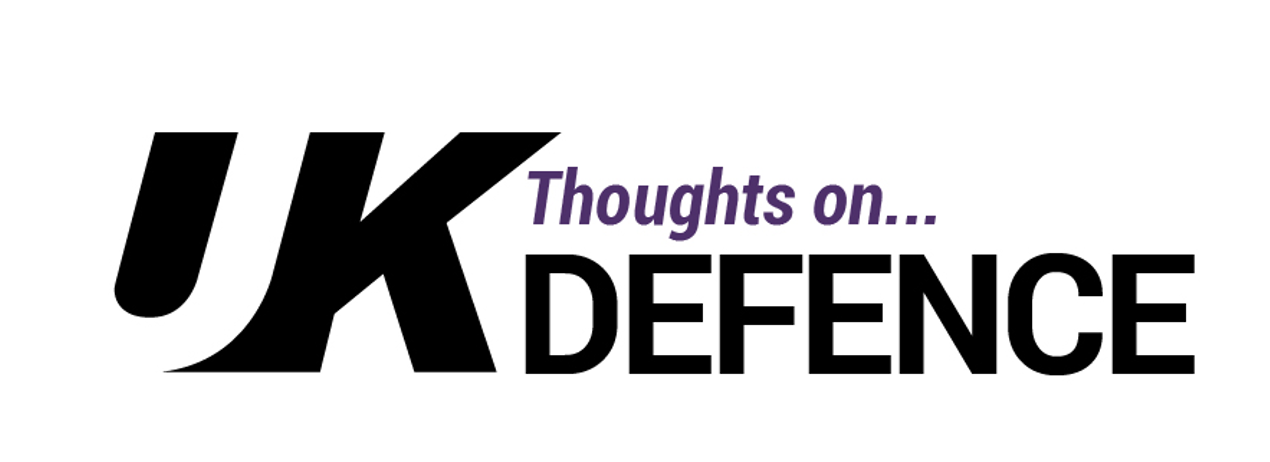In his 7th July evidence to the House of Commons Defence Committee’s inquiry into the Work of the Chief of the Defence Staff, General Sir Nick Carter confirmed that the Integrated Review had been relaunched around the middle of June. However, when pressed by the Committee on who was “politically in charge” of the review, he seemed a little unsure. Since then, the Chairs of the Defence, Foreign Affairs and International Development Committees, and the Joint Committee on the National Security Strategy have written to the Prime Minister seeking clarification on a number of Integrated Review process issues. Also this month, the Australian Prime Minister Scott Morrison has unveiled his country’s updated Defence Strategy and Force Structure Review for the next ten years. Given the concerns expressed by the parliamentary committees’ chairs, would the UK Integrated Review process benefit from an Antipodean ‘teach’?
The Australian Approach
The Australian review was presented through two separate but linked documents: the Defence Strategic Update and the Force Structure Plan. The strategic update sets out a number of important adjustments to defence policy that have been in place since the 2016 Defence White Paper. New and amended Australian Defence Force (ADF) capability investments to implement those adjustments are detailed in the structure plan.
As Euan Graham, senior fellow at the International Institute of Strategic Studies, identifies, the strategic update’s major change is a promise to pivot Australia’s strategic posture from a largely defensive force focused on supporting coalition operations to a conventional deterrence role, with an elevated focus on lethality and Australian-led military operations within the country’s immediate environment. This thinking has led to the setting of three new strategic objectives, which are to:
– Shape Australia’s strategic environment.
– Deter actions against Australia’s interests.
– Respond with credible military force when required.
These objectives are underpinned by the following strategic thinking:
– Strategic competition, primarily between the United States and China, will be the principal driver of strategic dynamics in the Indo-Pacific.
– Though still remote, the prospect of high intensity military conflict in the Indo-Pacific is less remote than in the past.
– Australia can no longer assume a ten-year strategic warning time is an appropriate basis for defence planning.
– Grey-zone activities – such as the use of paramilitary forces and coercive economic levers – are being applied in ways which challenge sovereignty and habits of cooperation.
– Threats to human security, such as the Coronavirus pandemic and natural disasters, mean disaster response and resilience measures demand a higher priority in Defence planning.
This new approach demands changes to the ADF force structure and capability adjustments that focus on responding to grey-zone challenges, the possibility of high-intensity conflict and domestic crises. The review also aims to provide funding certainty by decoupling the defence budget from a two per cent GDP target and committing instead to a ten-year total funding figure of AU $575 billion, which includes approximately AU $270 billion investment in defence capability to 2029-30.
Lessons to be Learned
As @onUKDefence has pointed out, during UK defence reviews politicians and commentators often become fixated with the nation’s ‘place in the world’, which has changed very little over the last twenty years, to the detriment of prioritising finite resources on defence and security capabilities best able to protect and pursue the ongoing national interest. The Australian approach neatly side-steps this ‘place in the world’ problem by simply stating that “Australia is at the centre of a dynamic strategic environment” and, as a result, its defence policy must be “agile and adaptive”.
Although derived from a logical analysis of a markedly different security environment to the more benign one that influenced the 2106 Defence White Paper, the new Australian strategic objectives remain relatively broad-brush. They are also more militarily focused than the UK’s national security objectives from the 2015 SDSR:
– Protect our People.
– Project our Global Influence.
– Promote our Prosperity.
This is unsurprising, as the UK’s national security objectives stem from a strategic defence and security review, rather than simply a defence-focused appraisal. Moreover, Boris Johnson has already confirmed that the Integrated Review will go beyond the parameters of a traditional review by considering the totality of global opportunities and challenges the UK faces and determining how the whole of government can be structured, equipped and mobilised to meet them. This suggests that any change in national security objectives will move their focus even further away from a military perspective. That said, the fact that modern reviews actually provide less dedicated direction for defence was recently explored by the Public Accounts Committee and Sir Stephen Lovegrove, Permanent Secretary at the MOD, sided with the need to conduct reviews that incorporate other elements of Whitehall “because we work, and need to work increasingly, in concert with each other”.
Perhaps the most apposite element of the recent Australian review is its approach to finance. By decoupling the defence budget from GDP forecasts, the Australian government is seeking to avoid the need to adjust capability plans in response to any future fluctuations in GDP. As a recent RUSI commentary highlighted, this is significant. Back in April, the Office for Budget Responsibility predicted a thirteen per cent drop in UK GDP in 2020 as a result of the impact of COVID 19 on the economy. If that materialises, it could see a defence budget, pegged to two per cent of GDP, drop by over £6 billion.
Equally significantly, the Australian government is committed to long-term funding certainty through its policy of providing a ten-year funding model for defence. This approach is viewed with envy by senior officials within the UK MOD and even the Public Accounts Committee has recently urged HM Treasury to consider greater flexibility to manage strategic defence programmes on a multi-year basis.
Conclusions
There is no doubt that an undertaking as complex as the Integrated Reviews will encounter some process issues. No-one has a monopoly on good ideas or, as Eleanor Roosevelt put another way, we can all “learn from the mistakes of others”. The 2020 Strategic Update has boldly confronted what is potentially Australia’s most consequential strategic alignment since the Second World War. Those responsible for the UK’s Integrated Review process should look hard at their approach and accept the ‘teach’.






